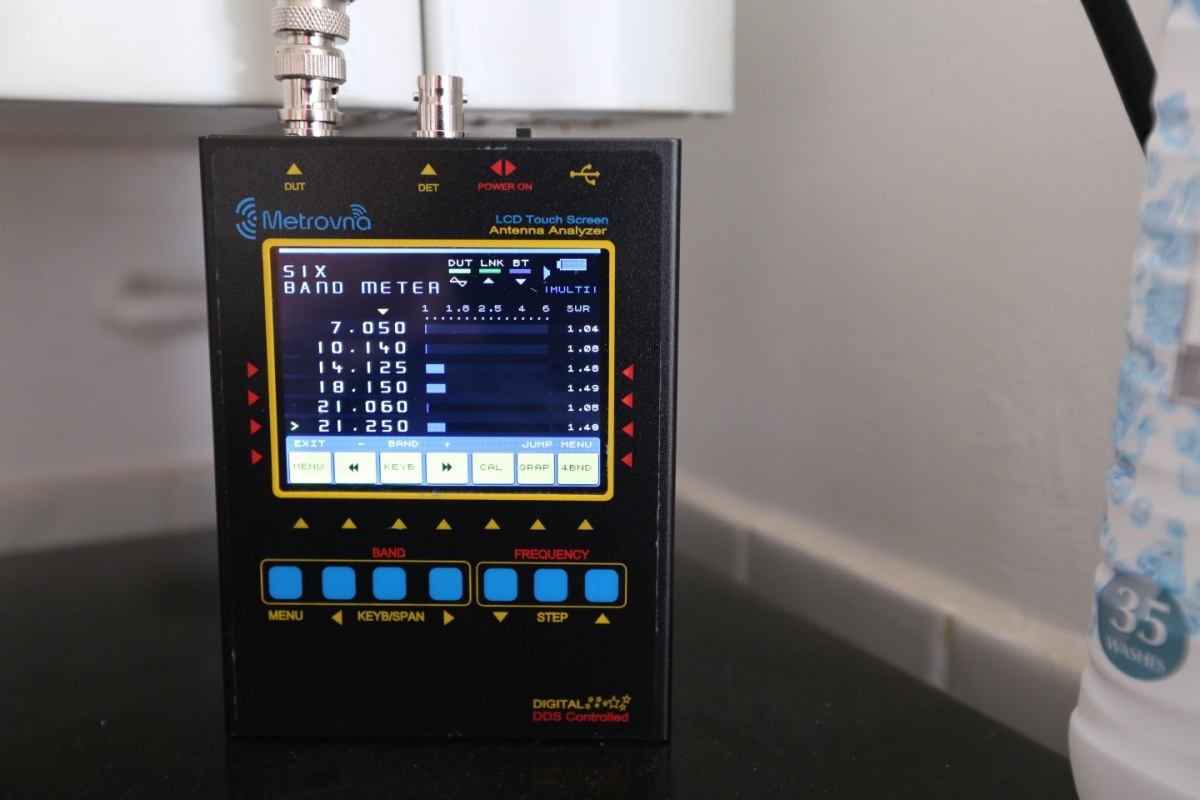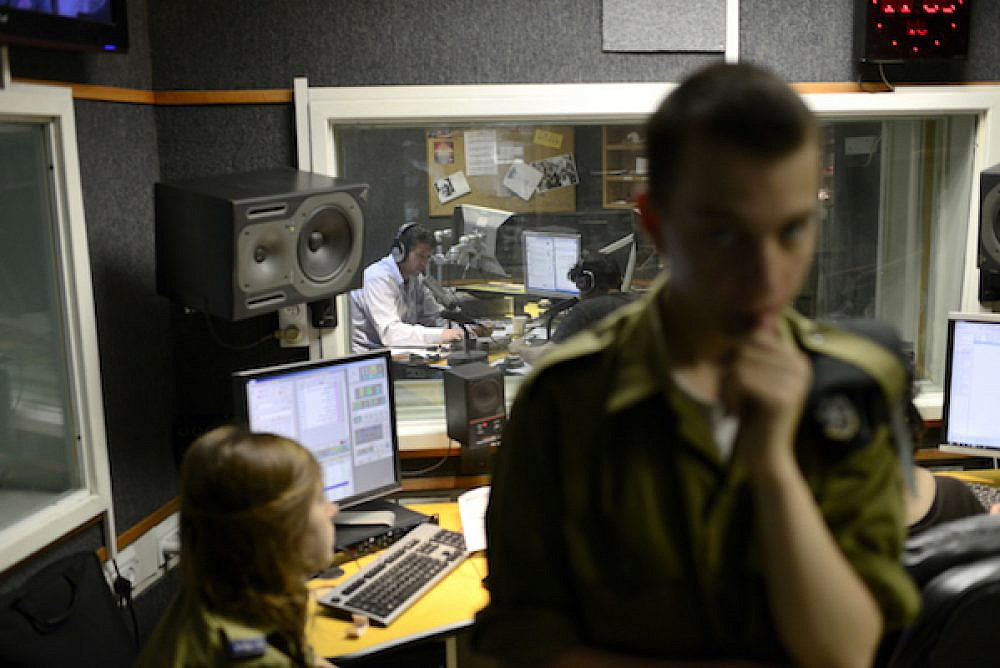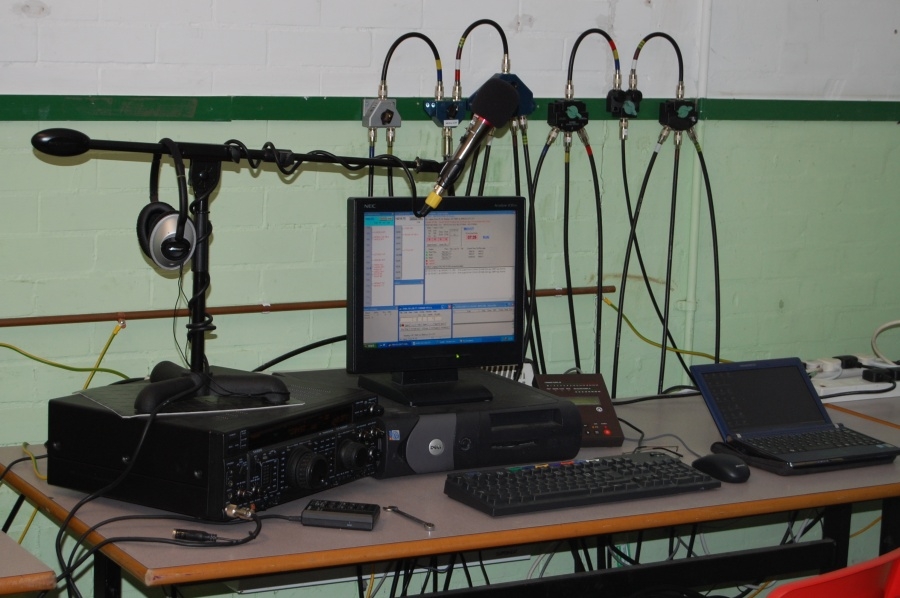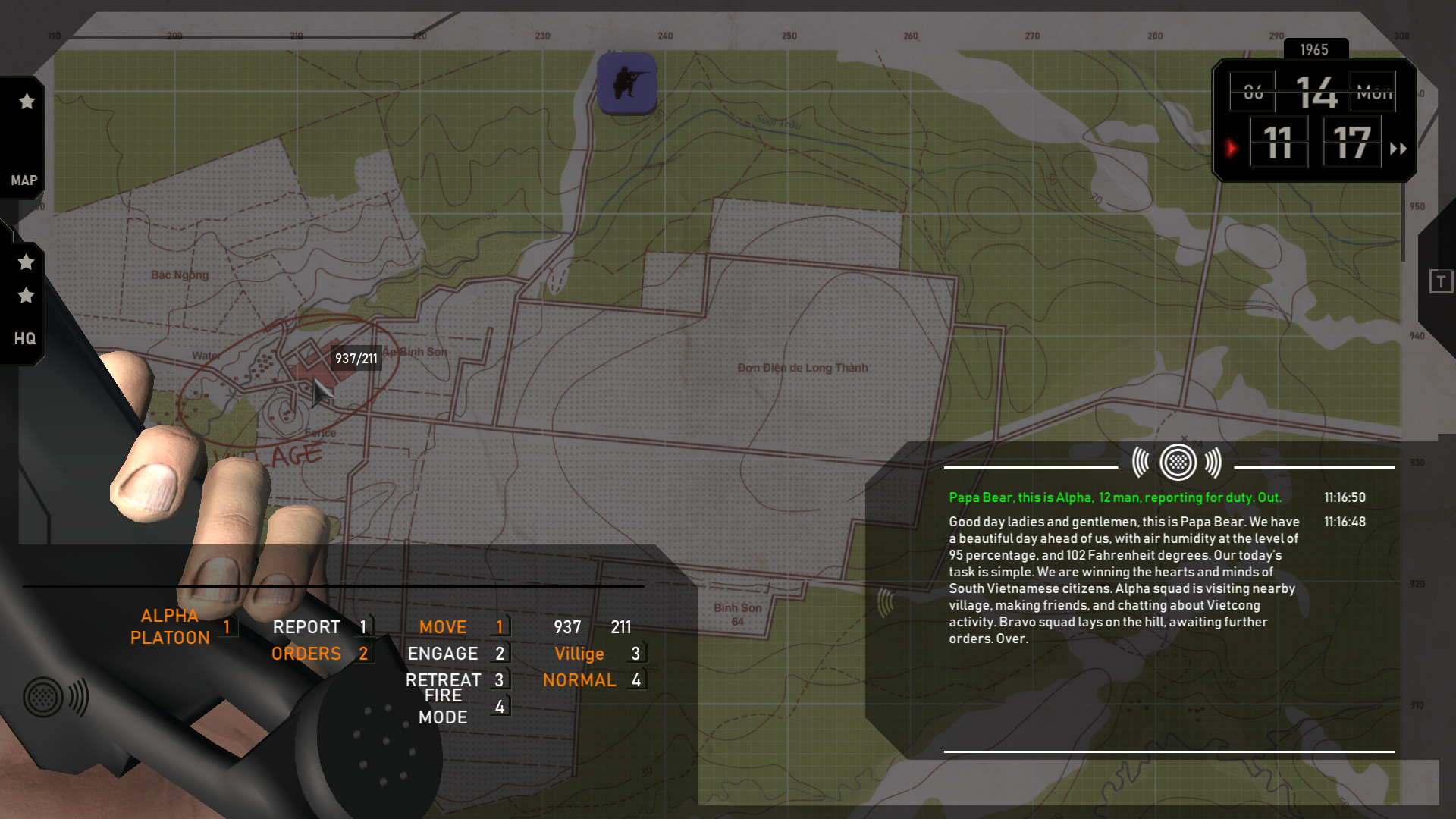

At the Battle of Copenhagen in 1801, Admiral Sir Hyde Parker, on his flagship some way off from the heat of the action, thought that the British were losing the day and hoisted the signal 'Disengage action'. He broke rules and openly disobeyed his superiors when he thought the need arose. Nelson also showed a genius for taking daring but calculated risks. Apart from illustrating Nelson's personal bravery, this incident shows the depth of the loyalty he inspired in his men, they were quite literally prepared to die for him. On the second occasion, Sykes was wounded badly in the process. Nelson's coxswain, Sykes, standing on his right, saved the admiral's life twice that night by placing himself between Nelson and enemy cutlasses.

He later recalled: 'This was a service, hand to hand with swords.' The artist Richard Westall vividly recalls that night and dramatically captures the intensity of the fight. In July the same year, he was personally involved in a boat action off Cadiz. During this battle, although a commodore, he led a boarding party across first one enemy ship, and then proceeded to use that as a bridge to capture yet another.

He first made his name at the Battle of St. Nelson always led his men by example and from the front. The decoration contained a small mechanical device that, when wound, made its center rotate in a clockwise motion!įor all his quirky personality traits, his charisma and bravery as a naval commander never came into question. When presented with a 'Chelengk', or plume of diamonds, by the Sultan of Turkey after that battle, he insisted on wearing it pinned on his cocked hat. His embarrassed fellow officers described him more like a prince of the opera than the hero of the Nile. Caricaturists such as James Gillray made fun of Nelson's desire to cover himself in medals and orders in public. He had acquired a reputation for vanity, which sometimes got the better of his dignity.

But although now almost blind in his right eye, Nelson's features reflect his zeal and indomitable spirit. His face shows the marks of illness, fatigue, and the strain of long periods at sea. Nelson agreed to sit for Lemuel Francis Abbott, who produced several variations of his original portrait, updating the Admiral's decorations and appearance as appropriate.Īt the original sitting, Nelson was still in great pain from the amputation of his right arm. Painted nearly 20 years later, it shows the battered and be-medalled hero that we have come to know so well. The second image of Nelson is very different. I had never seen anything like it before.' However, Prince William went on to add, there was 'something irresistibly pleasing in his address' and the young royal sensed that Nelson was 'no ordinary being'.
#Wounded on board radio commander full#
He had on a full laced uniform: his lank unpowdered hair was tied in a stiff hessian tail of extraordinary length the old-fashioned flaps of his waistcoat added to the general quaintness of his figure. The future King William IV described Nelson as 'the merest boy of a captain I ever beheld.' The young prince recalled: 'His dress was worthy of attention. The Prince of Wales, who was then a young midshipman, observed Nelson on board Lord Hood's flagship. A young Lord Nelson by Jean Francis Rigaud


 0 kommentar(er)
0 kommentar(er)
